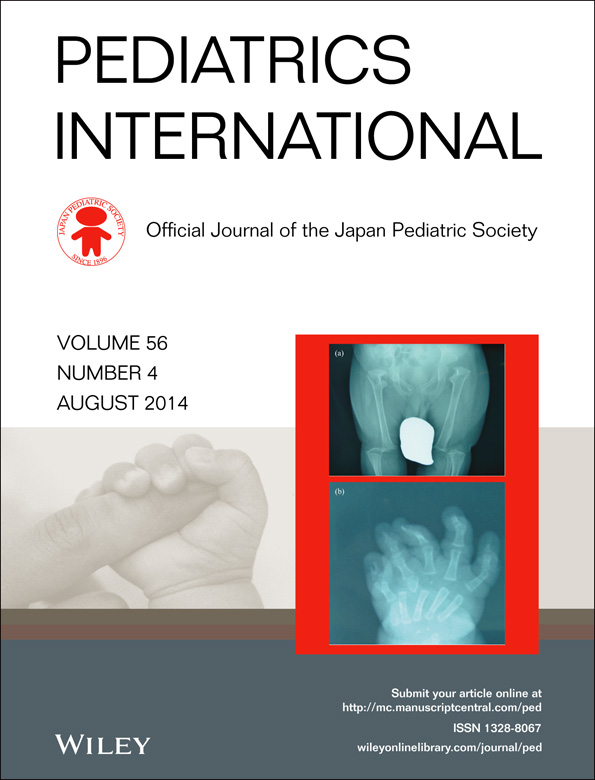Outcome of congenital diaphragmatic hernia with indication for Fontan procedure
Abstract
Background
The aim of this study was to clarify the outcome of patients with cardiovascular malformation (CVM) among those with congenital diaphragmatic hernia (CDH) who are indicated for the Fontan procedure.
Methods
The subjects included 76 CDH patients with CVM recruited from a national survey of 614 CDH patients. The outcomes were evaluated between two groups divided according to indication for the Fontan procedure. Patients with functional univentricular disease were considered to be candidates for the Fontan procedure.
Results
Sixteen (21.1%) of the 76 patients were candidates for the Fontan procedure, accounting for 2.6% of all 614 patients with CDH. None of these patients, however, underwent the Fontan procedure. Among the 16 patients, the absence of obstruction of the left ventricular outflow tract (LVOTO) was significantly associated with better 90 day survival (71.4%, 5/7, for those without LVOTO vs 0.0%, 0/9, for those with LVOTO, P = 0.0007). After excluding 22 patients with chromosomal and/or genetic abnormalities or syndromes, the 90 day survival rate was significantly better in neonates without than with indication for the Fontan procedure (62.5%, 25/40 vs 28.6%, 4/14, P = 0.0271).
Conclusions
Patients with indications for the Fontan procedure are rare, and the outcome of patients with LVOTO among those with CDH is especially poor.




